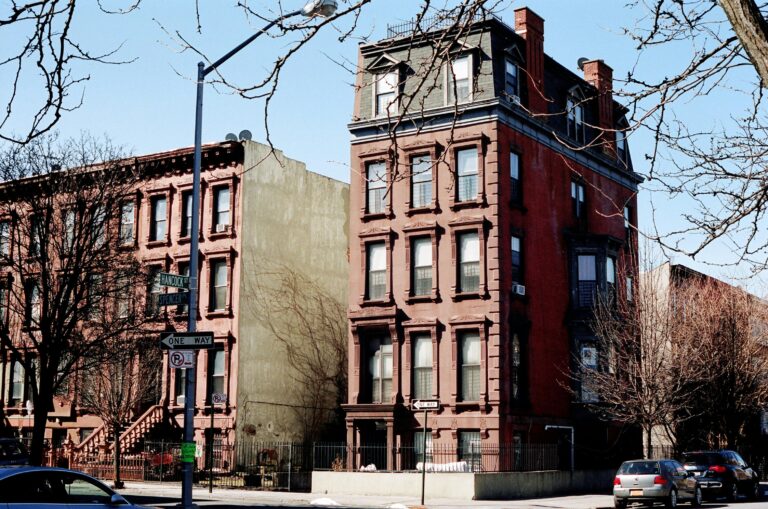Time for a Wi-Fi Network Upgrade
The district’s technology director, Jun Kim, knew the internal Wi-Fi network needed an upgrade even before the tornado. Originally built to support administrative needs, the wireless network performed worse than expected during the district’s bring-your-own-device (BYOD) program rollout earlier that year. In addition, teachers were adding more devices and the instructional technologists were planning to integrate new technology for digital learning.
These factors, combined with the construction of the new technology center, created an opportunity to update the district’s wired and wireless network infrastructure after the tornado. Kim and the district leadership team began strategically using E-rate Category 2 funds for the Wi-Fi network upgrade.
Steps To Success
Kim noted two important factors to MPS’ successful upgrade:
1. Superintendent Robert Romines made the upgrade a priority and trusted the technology staff to take care of the students and the community.
2. Kim built relationships with other district technology leaders and vendors. They provided a sounding board for questions and helped his staff chart the best course of action.
“Our team (technology staff, administrative team, and vendors) worked together to make sure we got what we needed to get back on our feet and create a system that prepares us for future growth,” Kim stated.
Digital Learning in Every Classroom, Every Day
MPS is now finishing internal and Wi-Fi network upgrades for all 36 sites. But what does that look like for teachers and students? First, classrooms have expanded their educational technology opportunities:
- At the secondary sites, students use Office 365 and Canvas to hand in and quickly receive personalized feedback.
- Teachers gain on-demand professional development through the EdTech team.
- Parents can attend “Parent University” every year to understand how their students use technology in school.
Moreover, the school community can rest assured that the network will no longer interfere with learning. In fact, the MPS technology staff are already planning Internet and WAN upgrades that will enable 1:1 device rollouts for students in grades 9-12 beginning in Fall 2020.
Learn more about how your school district can use the E-rate Category 2 program to help you upgrade your internal Wi-Fi network.



